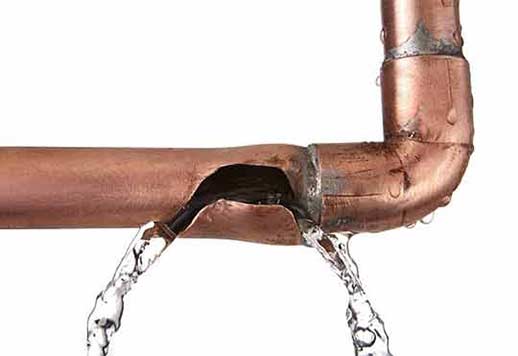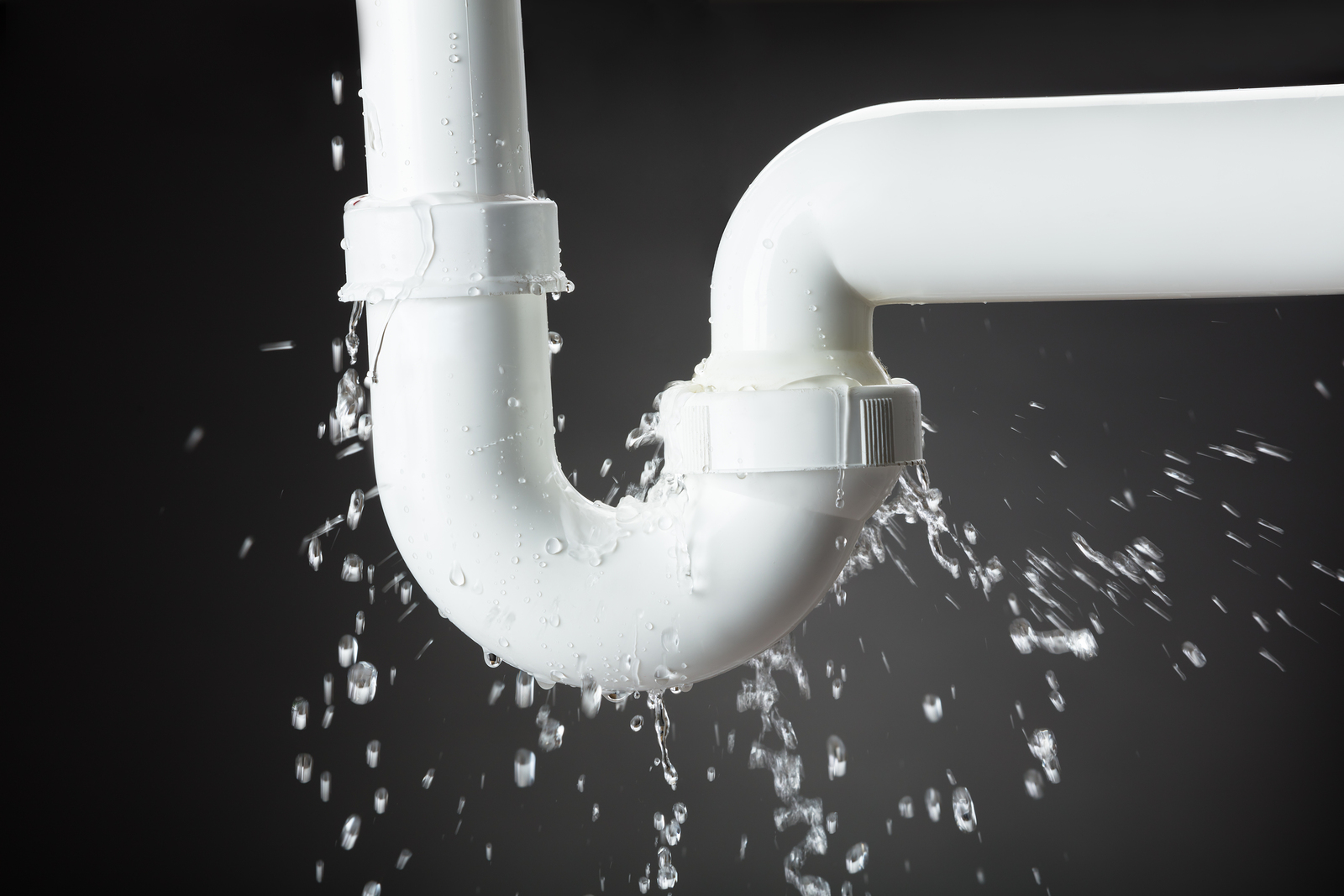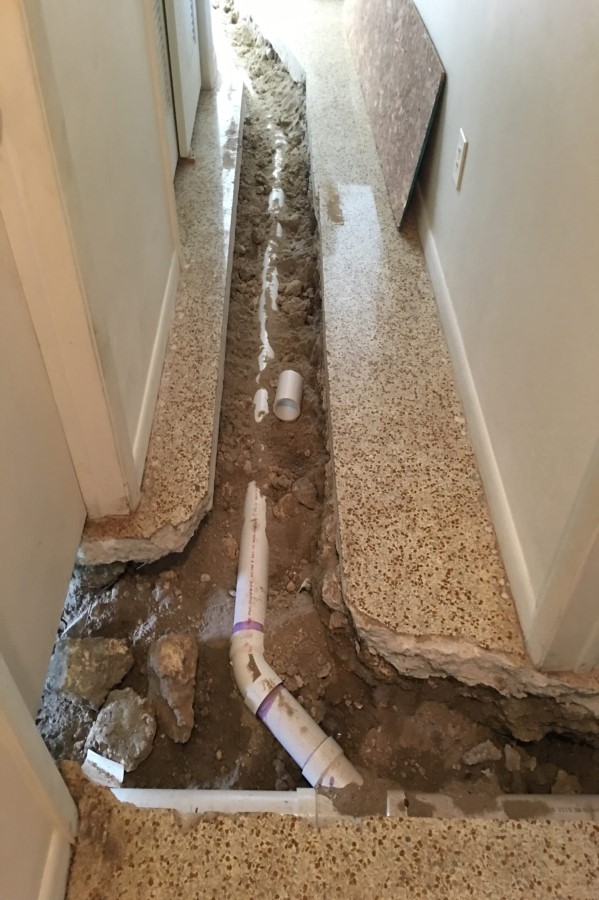What to Do When a Burst Pipe Causes Water Damage in Your Home
What to Do When a Burst Pipe Causes Water Damage in Your Home
Blog Article
Preventing Ruptured Pipes: Crucial Tips to Safeguard Your Plumbing
Avoiding burst pipes is an essential concern for house owners, specifically throughout cooler months when the risk of freezing is heightened. Implementing strategic steps such as correct insulation, routine inspections, and keeping regular interior temperature levels can considerably decrease the likelihood of pipeline failure.
Understand Pipe Vulnerabilities
Recognizing pipeline susceptabilities is vital for efficient plumbing maintenance and stopping pricey damage. Numerous variables add to the vulnerability of pipelines to bursts, consisting of material make-up, age, and ecological conditions. Older pipes, especially those made from galvanized steel or polybutylene, commonly weaken in time, leading to enhanced threat of leakages and ruptures.
Temperature level variations can also significantly effect pipe integrity. In cooler climates, water entraped in pipelines can freeze, putting in and expanding pressure on the pipeline wall surfaces, which might ultimately bring about a burst. High water pressure can stress pipes, particularly at joints and bends, increasing the possibility of failure.

Insulate Pipeline Effectively
Proper insulation of pipes is vital for stopping cold and subsequent bursts during chilly climate (burst pipe). Protecting your pipes system successfully safeguards against temperature goes down that can lead to costly damages. Begin by recognizing prone locations where pipes are revealed to outdoor temperatures, such as basements, attics, and outside walls
Use foam pipe insulation sleeves or cover insulation tape around these locations to supply a safety barrier. Make sure that all areas of the pipelines, particularly those with minimal warmth direct exposure, get appropriate insulation. Pay unique focus to joints and fittings, as these are more vulnerable to freezing.
When shielding, it's vital to pick products that satisfy local structure codes and are proper for the certain atmosphere. Fiberglass insulation is usually suggested for its thermal resistance residential properties. Furthermore, consider using warm cables or tape in severe conditions, which can be plugged in to give extra heat
Routinely evaluate shielded pipes for any kind of signs of wear or damages, as jeopardized insulation can decrease its performance. By taking these positive measures, you dramatically lower the risk of pipeline bursts, ensuring a dependable pipes system throughout the winter season months.
Maintain Consistent Temperature Level
A stable indoor temperature level is crucial for protecting against ruptured pipes during the cold months. When temperature levels decline, water within pipes can freeze, producing and increasing stress that may eventually trigger the pipes to ruptured. To reduce this risk, home owners ought to preserve a consistent temperature throughout their living space, ideally no less than 55 ° F(13 ° C)Making use of a programmable thermostat can help handle interior temperature levels efficiently, go right here guaranteeing that spaces with pipes continue to be warm even when your home is unoccupied. Pay unique focus to locations that are extra at risk to chilly, such as basements, attics, and garages. Maintaining cupboard doors open under sinks can also permit warmer air from the home to distribute around pipes.
Furthermore, it is sensible to allow faucets to trickle slightly during extreme cold snaps. This small flow of water can prevent cold by alleviating pressure within the pipes. Furthermore, throughout particularly extreme climate events, think about briefly suspending any kind of nighttime obstacles on your thermostat to maintain a constant cozy setting. By executing these strategies, house owners can dramatically lower the threat of pipe ruptureds and secure their plumbing systems versus the extreme winter months aspects.
On A Regular Basis Inspect Pipes
Regular inspections of pipes systems are critical for avoiding burst pipelines and preserving general home stability. Throughout these examinations, it is crucial to take a look at visible pipelines for signs of corrosion, leaks, or wear.
Additionally, checking joints and connections is important, as these factors are typically susceptible to leaks. House owners ought to also assess water stress degrees, as excessive stress can stress the plumbing system and boost the risk of pipeline ruptureds.
Think about organizing professional pipes inspections at the very least as soon as a year, especially before wintertime, to guarantee your system is planned for cooler temperatures. Regular evaluations not just help in identifying prompt worries however likewise foster lasting upkeep strategies that can improve the life expectancy of your pipes system. By being positive in your technique, you can protect your home against the turbulent and pricey repercussions of burst pipelines. Focusing on pipes evaluations is a financial investment in your house's health and security.
Know Emergency Procedures
Understanding emergency procedures is important for every homeowner, particularly after conducting normal pipes assessments. Being prepared for a pipes emergency situation visit this web-site can substantially mitigate damages and save costs.
Next, maintain important tools handy. A plumbing emergency situation package ought to consist of a wrench, plunger, and towels, along with a flashlight and a pail for little leaks. Additionally, think about having the get in touch with info for a relied on plumbing conveniently offered, ought to the situation intensify beyond your control.
If you detect a leakage or ruptured pipeline, right away transform off the water and notify your plumbing technician. Record the damage with photographs for insurance objectives. Know the indicators of potential plumbing issues, such as unusual water pressure changes or damp places on walls
Ultimately, proactive understanding and speedy action are crucial in taking care of pipes emergencies, guaranteeing your home stays safeguarded and lessening potential damage.

Final Thought
Finally, preventing burst pipelines requires a diverse technique that consists of understanding pipeline vulnerabilities, appropriate insulation, maintaining consistent interior temperature levels, routine inspections, about his and understanding of emergency procedures. By carrying out these important methods, the danger of pipes failings can be significantly reduced, thereby making certain the long life and effectiveness of the plumbing system. Aggressive procedures not just protect versus possible damage but also add to general water preservation and the defense of residential property.
In cooler climates, water trapped in pipes can ice up, increasing and exerting stress on the pipe walls, which may eventually lead to a burst. When temperatures decrease, water within pipes can freeze, expanding and creating pressure that may ultimately cause the pipes to ruptured. By executing these strategies, property owners can significantly reduce the danger of pipe ruptureds and protect their plumbing systems against the rough winter season aspects.

Report this page